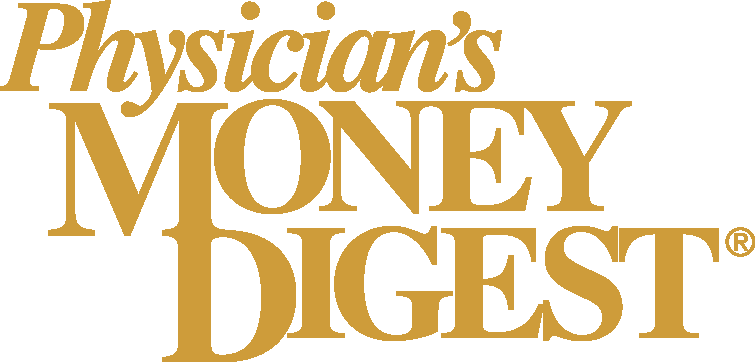
Private practices prioritize payer renegotiations, time spent with patients, survey says
Key Takeaways
- Economic pressures drive practices to renegotiate reimbursement rates and expand services to boost revenue and compete with large health systems.
- Staffing challenges persist, with many practices planning to hire despite shortages, and some adopting wellness programs to attract talent.
AdvancedMD survey shows financial health is top of mind as practices eye payer renegotiations, service expansion and staffing boosts.
As the economic pressure on private medical practices continues to grow, an April
More than two in five practices (44%) say they plan to renegotiate their reimbursement rates with insurers this year, while 35% plan to add new health care services — moves aimed squarely at boosting revenue and competing with large health systems. The findings are based on a survey of 118 ambulatory care providers and staff conducted between December 2024 and January 2025.
“The fact that so many survey respondents are looking to improve patient payment options, while also wanting to renegotiate payer reimbursement processes, makes clear that the financial health of the practice is a major focus this year,” said Amanda Sharp, CEO,
Reimbursement and revenue
Amid rising operating costs and payment pressures, reimbursement rates are a top concern for independent practice owners.
“Getting even a 2% to 3% increase from a payer that is heavily represented in your practice might result in $500,000 in additional revenue during the year,” said Tracy Watrous, FACMPE, vice president of member services at the Medical Group Management Association (MGMA), in
Watrous added that persistence is key, saying, “practices need to be prepared to reach out to these payers multiple, multiple times in order to actually get a contract negotiated.”
Although renegotiation is a priority, other revenue strategies are in play as well. Roughly 22% of practices say they will introduce new ancillary services in 2025, and another 13% plan to integrate behavioral health services, which are both increasingly in demand and reimbursed at higher rates.
Staffing up
Hiring remains both a goal and a challenge. Sixty-seven percent of surveyed practices plan to add staff this year. Among them, 29% intend to bring on at least one new physician or provider, 20% plan to increase administrative staff and 18% are adding nursing positions.
That push comes amid well-documented shortages and subsequent recruiting challenges. The
To attract top talent, some practices are turning to employee wellness programs. The survey found that 22% of respondents already offer wellness and mental health resources, and another 22% plan to add them in the coming year.
Technology investment holds steady
Despite increasing interest in tech-driven efficiency, 65% of practices say their technology budget will remain flat throughout 2025, and just 23% plan to increase spending. That may not reflect a lack of need — rather, it may signal wariness around evaluating and adopting new platforms.
Even without budget hikes, many practices are looking to get more out of what they already have. Top “high priority” goals for 2025 include automating claims submissions and improving existing patient payment and reimbursement systems.
EHR fatigue
One thing is certain: physicians want to get back to practicing medicine. One-third of respondents said they hope to spend less time in the
A similar number of physicians are looking to reduce time spent managing claims or responding to emails. The most common aspiration? Spending more time directly with patients.
Digital payments
Patient payment modernization remains sluggish. Just 11% of respondents plan to add digital wallet options, while 28% are looking to implement credit card on file (CCOF) or payment plans. Another 19% of respondents already offer these payment options, while 42% report no plans to add any new payment options this year.
That runs counter to patient expectations. According to a
The bottom line
Nearing the midway point of 2025, independent practices are navigating a familiar mix of financial strain, staffing pressure and administrative overload, but they’re responding with clear priorities. The AdvancedMD survey data shows that practices are actively pursuing higher reimbursement rates, expanding clinical services and looking for new ways to reduce time spent on administrative tasks.
Whether those goals translate into measurable change will depend on how successfully practices can negotiate with payers, implement new tools and retain skilled staff, all while continuing to provide care in an increasingly competitive and consolidated market.
Newsletter
Stay informed and empowered with Medical Economics enewsletter, delivering expert insights, financial strategies, practice management tips and technology trends — tailored for today’s physicians.
















